Glacier changes at the top of the world
27 May 2015
The Himalayas (South Asia) are home to the largest volume of ice outside the polar regions. The Dudh Kosi basin in Nepal Himalaya hosts some of the world’s highest mountain peaks, including Mt Everest, and a huge number of glaciers. There are over 400 km2 of glacier area, which is about half the size of the German capital, Berlin. A team of scientists in Nepal, France and the Netherlands have been researching how sensitive these glaciers could be to future climate change. Study-leader Joseph Shea says: “The signal of future glacier change in the region is clear: continued and possibly accelerated mass loss from glaciers is likely given the projected increase in temperatures.” The Earth is warming and our climate is changing because human activities, from agriculture to industry, produce high quantities of carbon dioxide and other greenhouse gases. These emissions act to intensify the natural ‘blanketing’ effect of greenhouse gases in the atmosphere, which trap the heat from the Sun inside our atmosphere and warm the Earth’s surface. To find out how glaciers in the Himalayas will change due to future warming, Joseph and his team used computer models, as well as measurements taken from glaciers in the mountains. Their models show that at least 70% and up to 99% of glacier volume could be lost by the end of the century (2100). These results depend on how much greenhouse gas emissions continue to rise, and the impact this will have upon temperature, snowfall, and rainfall in the study area. Melting Himalayan glaciers are one of the main sources of fresh water across central and southern Asia. With fewer glaciers, local populations might have difficulties accessing fresh water supplies. Glacier melting and retreat can also create large lakes. These are unstable and can often lead to huge floods which cause huge damage downstream. By using models to study the future, scientists hope to better prepare local populations for glacier changes.Print version
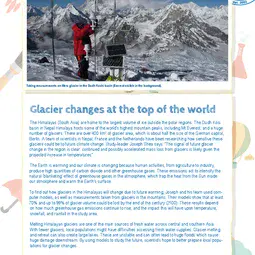
This is a kids' version of the EGU article: 'Glacier changes at the top of the world'. It was written by Bárbara Ferreira (EGU Media and Communications Manager), reviewed for scientific content by Timothy Lane (Researcher, Liverpool John Moores University, UK) and Daniel J. Hill (Researcher, University of Leeds, UK), and for educational content by Marina Drndarski (Teacher, Elementary School 'Drinka Pavlović', Belgrade, Serbia).
Translations
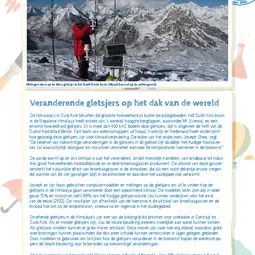
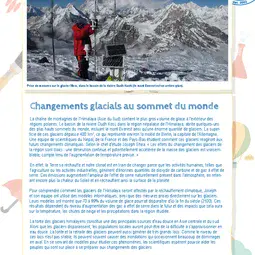
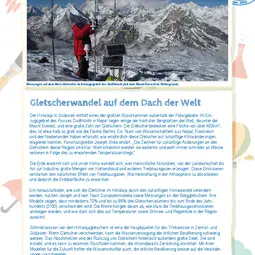
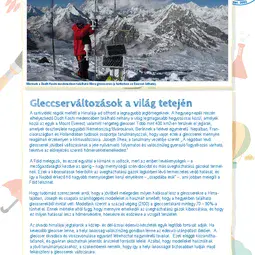
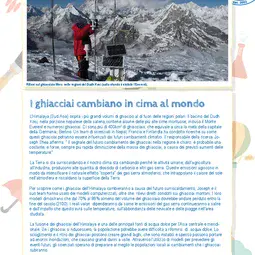
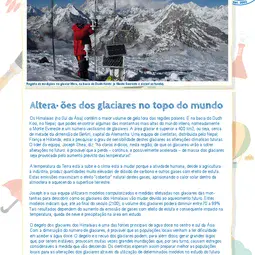
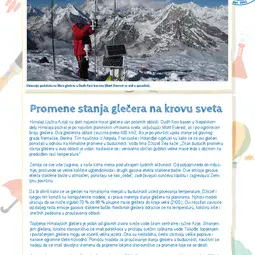
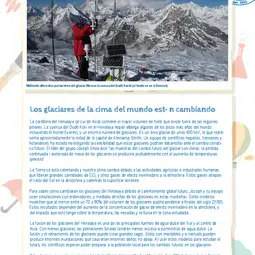
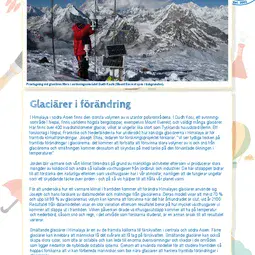
All English-language Planet Press releases are carefully edited, reviewed and proofed, by scientists, educators and EGU staff. Please note that once translated, Planet Press releases receive no further checks from EGU staff. For this reason, we cannot guarantee their accuracy, though we trust the quality of our voluntary translators and are grateful for their work.

